
Unsere Experten haben ein hervorragendes Fachbuch zur Software geschrieben, das Sie ebenfalls bei Multec erhalten können.

Hier können Sie Ihre Einstellungen nach Ihren Wünschen festlegen:
Diese Cookies sind notwendig, um das Surfen auf unserer Website und die Nutzung der Funktionen der Website, wie zum Beispiel den Zugriff auf geschützte Bereiche der Website, zu ermöglichen. Sie können diese Cookies in Ihren Browsereinstellungen deaktivieren. Bitte beachten Sie, dass dadurch die Funktionalität der Seite stark eingeschränkt wird.
Diese Cookies sammeln Informationen über das Surfverhalten der Besucher unserer Websites. Dadurch sind wir in der Lage, die Struktur, Navigation und den Inhalt der Website für Sie so benutzerfreundlich wie möglich zu gestalten.
Metall-/Kunststoff-Experte
mit 4-Fach Druckkopf
480 x 380 x 350mm Bauraum
Der M500 Metal von Multec ist ein Metall-FFF-Drucker auf Industriestandard mit solidem Aluminium-Chassis, geschlossener Bauweise, Fronttür mit Tür-Absicherung und Notausschalter. Die Konstruktion entspricht den Sicherheitsrichtlinien nach Maschinenrichtlinie und Produkthaftungsgesetz.
Die Maschine ist auf den Druck von Metallfilamenten, wie beispielsweise BASF Ultrafuse 316L, spezialisiert. Das Postprozessing kann durch BASF Partner oder andere Unternehmen als Dienstleistung abgebildet werden. Eine Anschaffung der entsprechenden Anlagen ist daher nicht notwendig.
Der patentierte Mehrfachdruckkopf 4Move bietet mit seiner neuartigen Technologie erstmals sauberen Multi-
Material Druck mit einzeln angesteuerten Düsen. Der integrierte Nachtropfschutz stellt dabei die saubere Trennung der unterschiedlichen Materialien sicher.
Die Bedienoberfläche Multec Plus mit Touchbedienung vereinfacht die Prozesse und gibt dem Anwender viele wichtige Funktionen für schnelles und dauerhaft verlässliches Arbeiten.
Innovative Entwicklungen sichern die Zukunftsfähigkeit der Multirap-Maschinen. Daher sind Neuentwicklungen auch im Nachhinein noch nachrüstbar. Die additiven Produktionsanlagen von Multec vereinen Präzision, Langlebigkeit und Vielseitigkeit. Sie erfüllen alle Anforderungen bezüglich Sicherheit, Prozessüberwachung und -automatisierung sowie Zuverlässigkeit für den industriellen Einsatz.
Ein Dokument zum Download finden Sie hier.
Beim Metall-FFF-Druck sind 90 % (Gewichtsprozent) Metallpulver ins Filament eingebettet. Beim Druck wird lediglich der Binderpolymer geschmolzen und so das Metallpulver mit dem Binderpolymer in Form gebracht. Nach dem Druck erhält man den sogenannten Grünling, welcher ab diesem Schritt gleich wie ein MIM oder PIM Grünling behandelt werden kann. Dieser Grünling besitzt allerdings noch keine nennenswerten Festigkeiten.
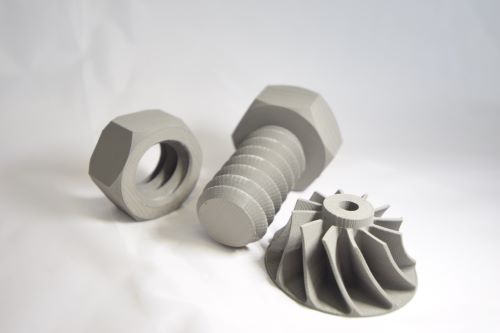
Beim Entbindern wird der Großteil des Binderpolymers entfernt. Hierbei gibt es verschiedene Entbinderverfahren, wie zum Beispiel thermisches Entbindern, kathalytisches Entbindern oder auch Lösungsmittelentbindern. Nach dem Endbindern erhält man den sogenannten Braunling. Dieser ist sehr brüchig und besteht fast nur noch aus Metallpulver.
Im letzten Schritt wird das Bauteil bei über 1300°C gesintert. Hierbei schrumpft das Bauteil um ca. 20 %. Nach dem Sintern erhält man ein fertiges Bauteil aus reinem gesinterten Metall. Sämtliche Kunststoffreste werden während des Sinterprozesses verbrannt.

Zum Start ist 316L (Edelstahl) verfügbar, das entsprechende Metallfilament stammt von BASF. Der nachgelagerte Entbinderungs- und Sinterprozess wird von BASF-Partnern als Dienstleistung dargestellt. Eine Anschaffung der entsprechenden Anlagen ist daher nicht notwendig.

UVP BASF Ultrafuse 316L 129 €/kg
Postprocessing (BASF Partner) 40 €/kg
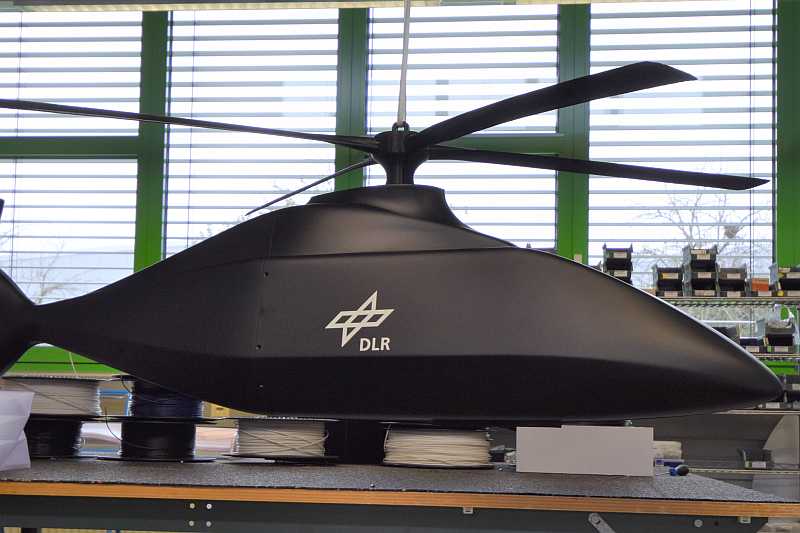
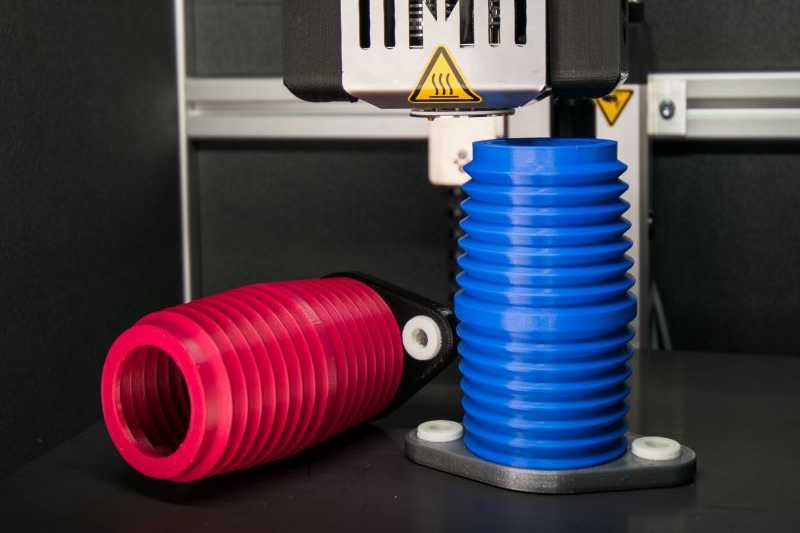
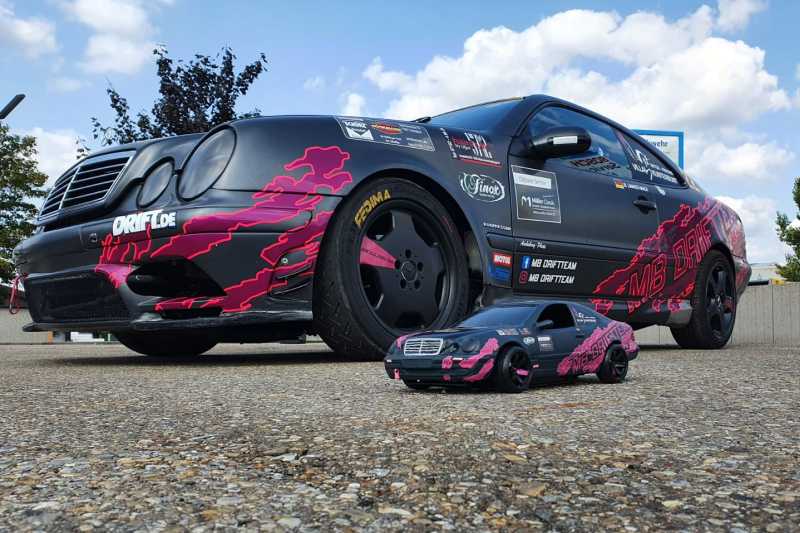
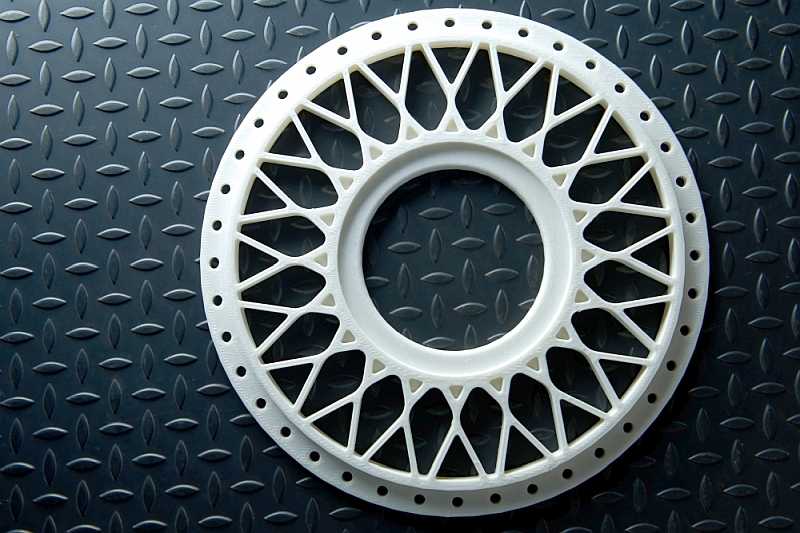


Diese Webseite verwendet Google Maps um Kartenmaterial einzubinden. Bitte beachten Sie dass hierbei Ihre persönlichen Daten erfasst und gesammelt werden können. Um die Google Maps Karte zu sehen, stimmen Sie bitte zu, dass diese vom Google-Server geladen wird. Weitere Informationen finden sie HIER